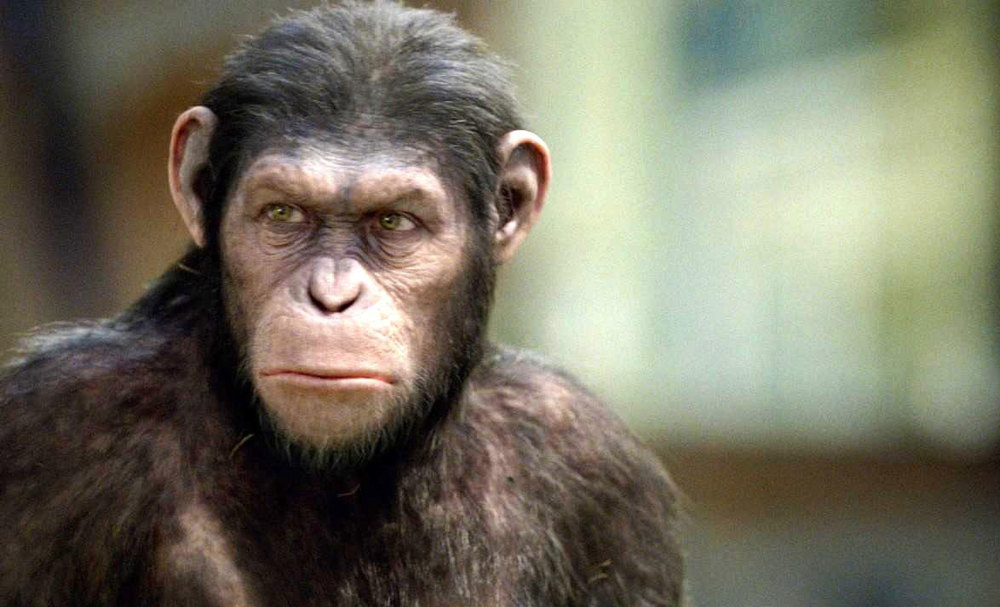

Zinda fishing for termites in Gombe National Park, Tanzania Leakey asked Jane to study the chimpanzees, Dian Fossey to study mountain gorillas, and Birute Galdikas to study orangutans, and they became known as ‘The Trimates.’ When he met Jane, with her passion for and knowledge about animals, he knew she would be the perfect candidate to study chimpanzees – our closest living primate relative – from which he could conclude what behaviors were likely inherent to our most recent common ancestor and earlier humans. Leakey was trying to understand early humans, and because his only point of reference was fossilized early human remains and other preserved cultural materials, he could not completely understand what early human behavior may have been like. Louis Leakey in Kenya, which lead to her initial research in Gombe, Tanzania. Goodall’s run in with the famed paleoanthropologist Dr. Goodall and JGI’s story! It was in fact Dr. What many people may also not know, is how vital this taxonomy (or the systematic classification of organisms) is to Dr. We share more of our DNA with chimpanzees than with monkeys or other groups, or even with other great apes! We also both play, have complex emotions and intelligence, and a very similar physical makeup. Chimpanzees are genetically closest to humans, and in fact, chimpanzees share about 98.6% of our DNA. Chimpanzees and humans share a recent common ancestor, and as some of this ancestral population evolved along one line to become modern chimpanzees, others of this ancestor evolved along a line of various species of early human, eventually resulting in Homo sapiens (you and me!). Humans did not evolve from chimps, as is a frequent misconception. Now let’s get back to chimpanzees and humans. Some Old World monkeys include baboons and guenons, while some New World monkeys include Capuchin and spider monkeys! Many Old and New World Monkeys have tails, tend to walk on all fours like a cat or dog, and have the smallest brain out of the groups. Finally, monkeys are divided into “New World” and “Old World” monkeys. Lesser apes (gibbons and siamangs) are usually smaller in stature, with thin arms, and a slightly smaller brain.
#CHIMPANZEE VS HUMAN HOW TO#
Ok, so we understand how to identify great apes, but what about monkeys? There are many different species of monkeys, and what are known as ‘lesser apes’. H by his tail and say, “Chimps have no tail!” H is not a chimpanzee?” She will then dangle Mr. H ( a monkey plush toy who travels with her everywhere she goes) in her lectures to demonstrate this difference by asking the crowd, “How can we tell that Mr. Great apes (humans, chimps, bonobos, gorillas and orangutans) generally have larger brains, larger bodies, and no tail. All of the groups have similar characteristics, but there are characteristics that separate us.


This can get confusing because of the numerous categories of primates: great apes, lesser apes, and Old/New World monkeys, are seemingly similar.


 0 kommentar(er)
0 kommentar(er)
